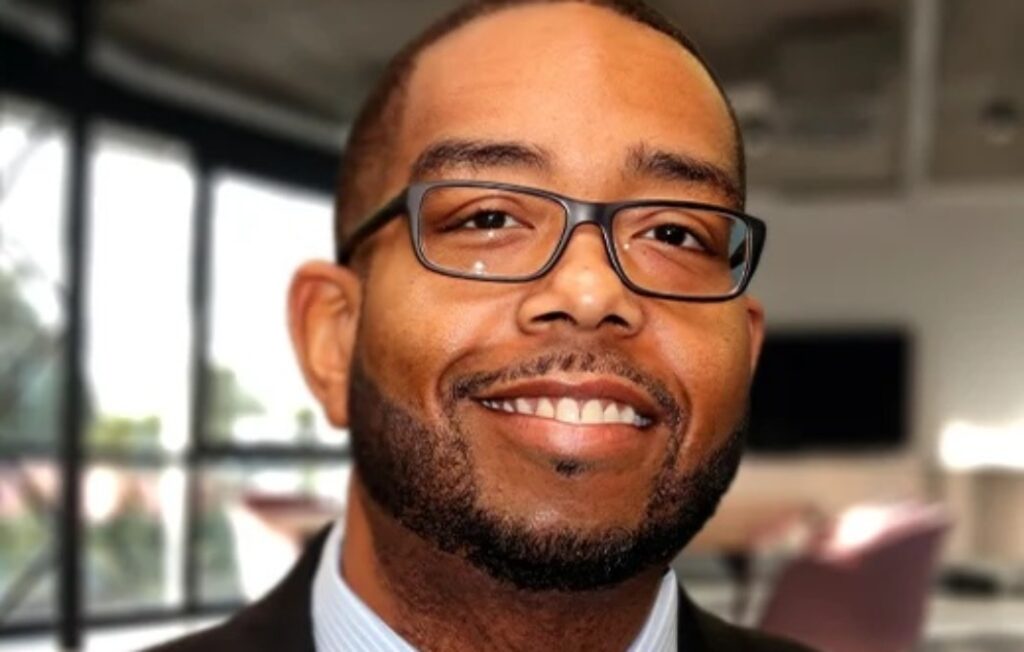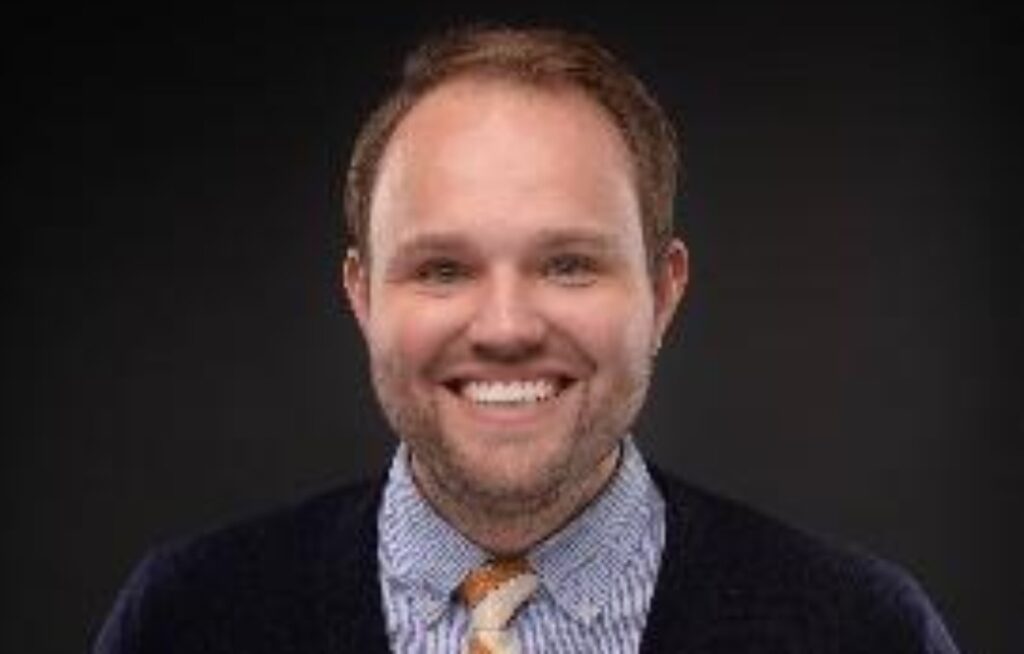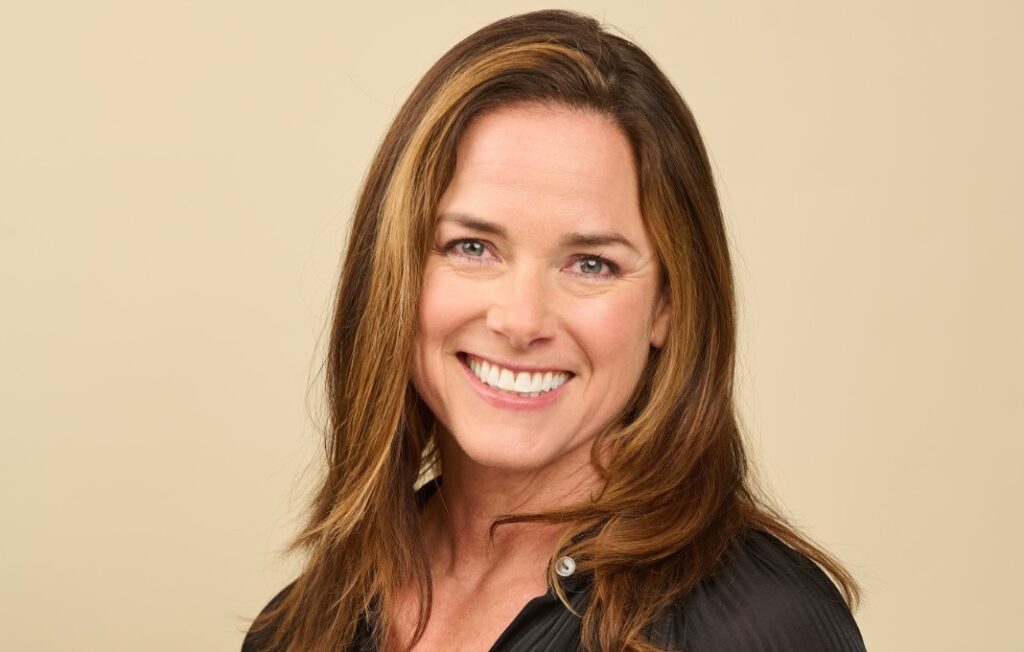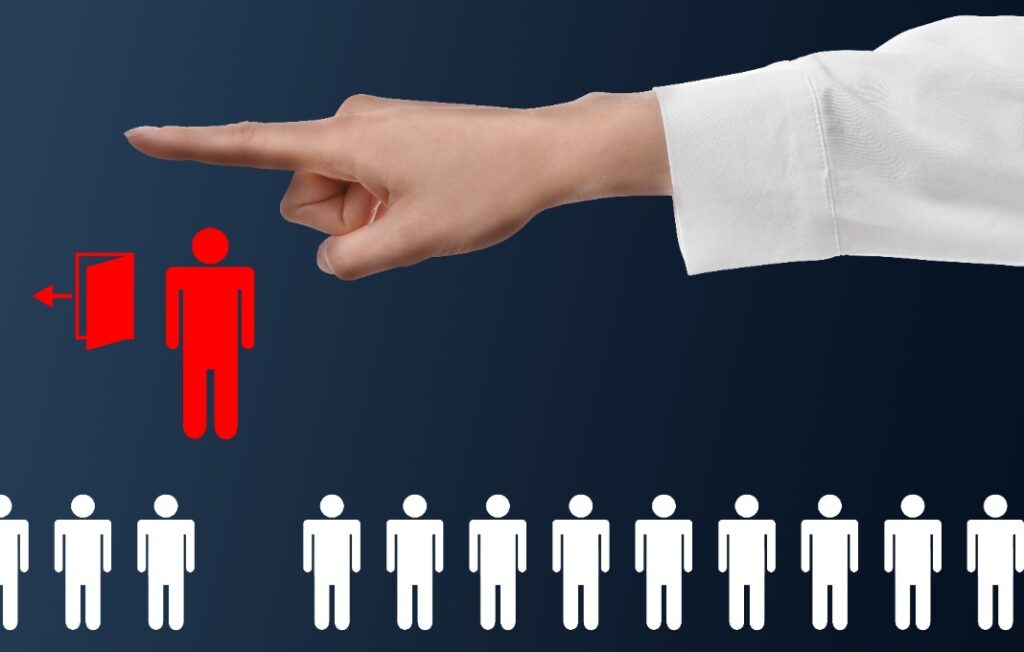In the new book CEO Excellence: The Six Mindsets That Distinguish the Best Leaders from the Rest, three McKinsey senior partners share insights based on 20 years’ worth of corporate performance data and in-depth interviews with 67 of the most successful chief executives of the 21st century. All aspects of the role are covered, including setting direction, aligning the organization, mobilizing leaders, engaging the board, connecting with stakeholders and managing personal effectiveness. In this excerpt, they explore one aspect of direction setting: how the best CEOs approach strategy.
On May 25, 1961, before a joint session of Congress, U.S. President John F. Kennedy clearly stated his vision: “To win the battle that is now going on around the world between freedom and tyranny.” What was his strategy? A series of big moves, one of which has become synonymous with the very idea of taking a giant leap forward: the moonshot. During his speech that day, Kennedy not only asked for funding to put a man on the moon but also for three related big moves: increasing unmanned space exploration, developing a nuclear rocket and advancing satellite technology.
The story shows how a mindset applies not just to vision but also to the strategies employed in pursuit of it. Like Kennedy, the best CEOs make big strategic moves early and often during their tenures, and an analysis of 3,925 of the largest global companies over a 15-year span bears this out. In their book Strategy Beyond the Hockey Stick: People, Probabilities, and Big Moves to Beat the Odds, our McKinsey colleagues ran the numbers to determine which big strategic moves yield the highest probability of a company’s jumping from an average to a top profit generator. Their research identified five strategic moves that matter most, as long as they’re pursued with a “man on the moon” kind of boldness:

• Buy and Sell. The best CEOs execute at least one deal per year on average, and over a 10-year period these deals cumulatively amount to more than 30 percent of a company’s market cap. This puts a premium on having a deep capability to identify, negotiate and integrate acquisitions. The top CEOs are as bold about selling as they are about buying. Aon is a poster child for making deals, executing more than 220 acquisitions and 150 divestitures over the past 15 years. “We’re always shaping and improving our portfolio,” says CEO Greg Case.
• Invest. If you want your company’s investments to be big enough to move the needle, your capital expenditures-to-sales ratio needs to exceed 1.7 times the industry median for 10 years. General Motors CEO Mary Barra exemplified this strategic move when she committed more than half of GM’s product development capital through 2025 to “an all-out pursuit of global electric vehicle leadership.”
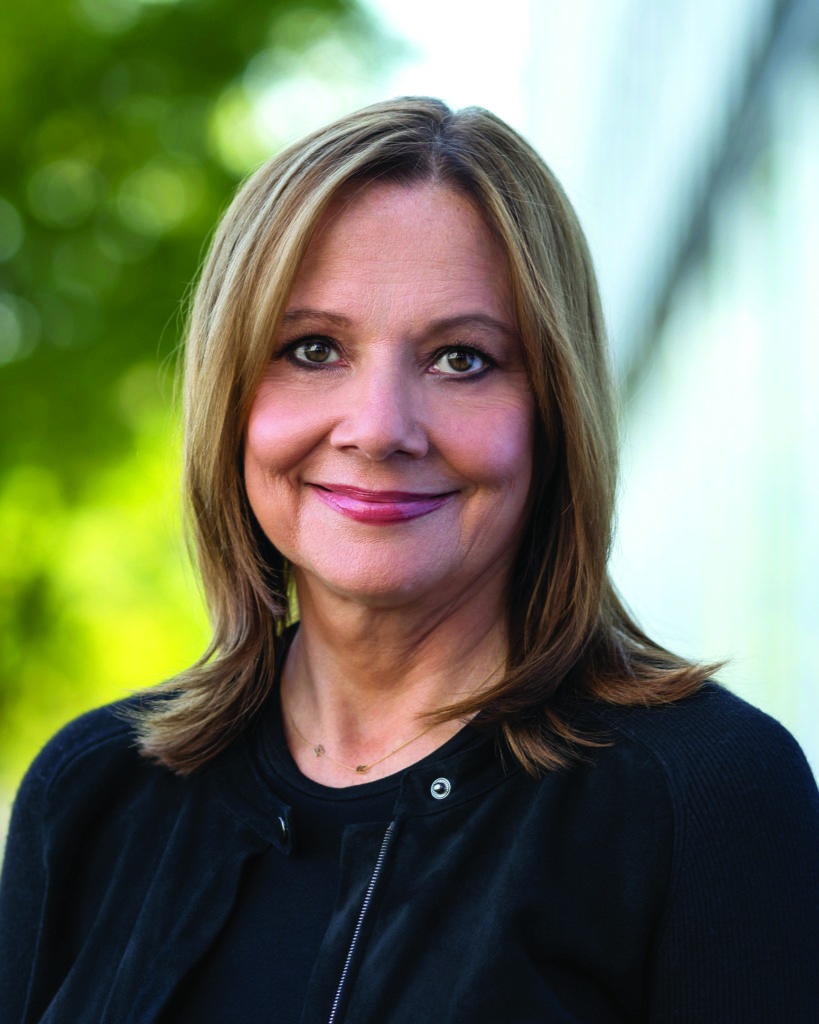
• Improve Productivity. The most successful companies reduce administrative, sales and labor costs more deeply than others, and in so doing achieve 25 percent more productivity improvement than their industry’s median over a 10-year period. This is exactly what Allianz’s Oliver Bäte did soon after he became CEO. In an industry that had seen flat expense ratios at 30 percent for decades, Bäte drove the ratio below 28 percent while increasing customer loyalty from 50 to 70 percent and internal growth rates from negative levels to 6 percent between 2015 and 2019.
• Differentiate. The best CEOs improve their business models and create pricing advantages in ways that are big enough to change the company’s trajectory. As a result, their companies achieve an average gross margin at least 30 percent higher than those of their respective industries over a decade. Former LEGO CEO Jørgen Vig Knudstorp used this strategic move well in pursuing what he called “a strategy of niche differentiation and excellence” that aimed to refresh at least half the company’s core products every year. He created, for example, digital platforms that strengthened communication among LEGO fans, developed products for girls, licensed collections (e.g., Star Wars) and launched the successful LEGO movie franchise.
• Allocate. This move is deemed big when a company shifts more than 60 percent of its capital expenditures among business units over 10 years. Doing so creates 50 percent more value than what companies that reallocate more slowly achieve. Resource reallocation involves more than just capital, however; it also means shifting operating expenditure, talent and management attention to where it does the most good. As such, it’s a vital enabler of the other four big moves.
CEOs who make too few moonshot-size moves—or make them too late in their tenure—fall behind the pack. Furthermore, those who make these moves earlier in their tenure outperform those who move later. The best CEOs don’t only venture into uncharted waters—they are also willing to stay the course on stormy seas. In his strategic push to make his UK spirits company more customer-centric, Diageo CEO Ivan Menezes diverted commercial and marketing efforts away from distributors and toward consumers. As sales declined in the short term, Menezes found himself under fire from investors and faced skepticism inside the company. “The entire organization was watching to see if we’d blink,” says Menezes. “But we stuck with it, explained why, gained credibility and really set the foundation for growth.” Since then, Diageo has achieved top-quartile shareholder returns in its peer group.
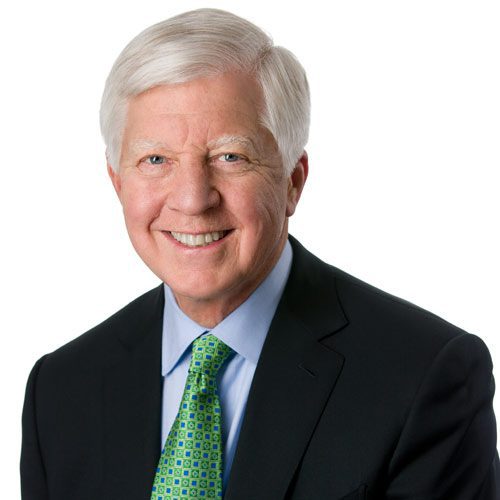
The many similar stories we hear from CEO after CEO remind us of the definition of courage offered by Piers Anthony, author of the Xanth fantasy series: “Being terrified but going ahead and doing what needs to be done—that’s courage. The one who feels no fear is a fool, and the one who lets fear rule him is a coward.” Former CEO of Medtronic Bill George puts a fine point on the importance of this aspect of the role. “I’ve seen some otherwise very well-qualified CEOs who lacked courage and their companies managed for a while but atrophied over time,” he says.
Where do the best CEO get this courage? We found that it comes from four sources: being exceptional futurists, keeping an eye on the downside, acting like an owner and regularly applying “heart paddles.”
BE AN EXCEPTIONAL FUTURIST
Virtually every CEO we spoke to emphasized the importance of having a clear point of view on where the world is going. Top CEOs keep careful track of shifts in technology, changes in customer preferences, new competitors and threats on the horizon. Doing so enables them to place bets before these trends become conventional wisdom and to maintain conviction when others inevitably criticize their choices.
Over the course of his 23 years in the CEO role—at General Instrument, Tyco and DuPont—Ed Breen consistently capitalized on trends. In 2017, for example, after studying the economics of the agriculture industry, he concluded that it would consolidate down to just a few players. At the time, agriculture represented two of DuPont’s seven divisions, but it accounted for more than 50 percent of the company’s equity value. Breen worried that restructuring the agriculture business could negatively affect DuPont’s stock in the short term, but it became clear to him that merging with Dow Chemical and spinning off what is now Corteva Agriscience was the way to go. Investors were skeptical, but Breen was convinced that the move made sense for both companies.
In what some analysts have called the most complex corporate deal ever, Dow and DuPont merged into a single entity, were reconfigured and then split into three separate companies: Dow (commodity chemicals), DuPont (specialty chemicals) and Corteva (agriculture seeds, traits and chemicals), all of which were better equipped to compete in their respective fields. Looking back at his career, Breen reflects, “CEOs make important decisions every day, but some decisions are just so huge that nothing else even comes close. I’ve made approximately 15 really major decisions in my career. Those big ones had better work.” Breen’s have, in large part because he was able to see around corners.

All of the excellent CEOs we spoke to had similarly lucid views of what the future would bring. Where do they get their crystal ball? The answer is more straightforward than many might think. Feike Sijbesma, former CEO of Dutch life and materials sciences powerhouse Royal DSM, whose shift of the company’s focus away from bulk petrochemicals not only benefited shareholders but the planet and society, recalls pondering early in his career how to develop a vision and a strategy: “Do you sit in your study and yell, ‘Eureka! I have it?’ I don’t think that’s how it works.” He started reading broadly, looking for surprising connections, traveling and connecting with people in business, science and society. “That’s how we got the idea to move out of petrochemicals and use the proceeds to move to nutrition and health,” he says.

The best CEOs hardwire their view of the future into their companies’ strategic planning. As Sundar Pichai, CEO of Alphabet and its subsidiary Google, describes it: “I think about our mission and the fundamental trends we’re seeing, and based on that I write down the five to ten themes that we really want to execute on well.” Pichai next works with his management team and nominees from different levels of the organization to sharpen his themes. With those ideas in mind, each part of the organization develops a set of objectives and key results (OKRs) that are ambitious and shared internally. Pichai then reinforces the themes in all review conversations: “If ‘Asia Pacific–first’ is one of our five themes, I could be in a YouTube review and probe the team: ‘Can you tell me how you’re solving for Asia Pacific first?’”
KEEP AN EYE ON THE DOWNSIDE
To be clear, boldness doesn’t mean recklessness. Excellent CEOs fully understand the risk/reward trade-offs of potential big moves, and taking risks only makes sense when those trade-offs are understood. “Most of the time, you’re making strategic decisions with imperfect information,” says former CEO of Ecolab Doug Baker, who became head of the water and hygiene services giant in 2004. “If you wait until you have everything you want to know, then you’re likely to miss the opportunity. The worst mistake I can make is to throttle back—it’s essential to keep growing, keep investing, keep moving, but to do so in a way that increases the company’s odds of success.”
That doesn’t mean Baker only took moderate risks during his time at Ecolab’s helm. After his leadership team identified water technology as a strategic priority, Baker aggressively pursued the acquisition of water treatment company Nalco. One thing that reduced the risk of the deal for Baker was that he knew his biggest competitor was being acquired, which would give Ecolab some room to move while the competitor was in disarray. He also knew he could spin off parts of Nalco to reduce the overall risk. In July of 2011, Ecolab announced it was buying Nalco in a deal worth $8.1 billion, which at the time was equal to 75 percent of Ecolab’s market cap. This big move and more than 100 smaller acquisitions gave Ecolab an expanded offering of products and services and geographic reach that allowed the company to provide one-stop shopping for its customers. In his 16-year run as CEO, Baker increased Ecolab’s market capitalization eight times over.
Many CEOs spoke to us about how they practically managed the downside risks of big moves. “Most things that bring you down are the unintended consequences,” says Rod O’Neal, former CEO of automotive parts maker Delphi. “One cause of our success was the things we didn’t do.” For example, Delphi opted against making big investments in India, South America or Russia after methodically working through potential unintended consequences. “If you make a given decision, you can’t just consider the first domino you trip, which is probably a good outcome,” O’Neal explains. “What could be the second-, third-, fourth-, fifth-, sixth- and seventh-order consequences? We would go down the decision tree and see what outcomes could occur. If we came across one that, no matter how remote it was, we couldn’t survive it if it showed up, we made another decision.”
Over time, the best CEOs avoid the downside by forming some rules of thumb based on pattern recognition. At Danaher, Larry Culp, who was the company’s CEO from 2001 through 2014 and went on to become the chairman and CEO of GE, applied three hurdles for making an acquisition. “We’ve got to like the space and the company,” he says. “We’ve got to be able to add value. And the math of the deal has to work. But we have to come at it in that sequence, because if you flip it the way most bankers want you to, you’re going to get in trouble.” Culp’s conviction was forged by experience.
“In the early days, we weren’t at all discriminating as to what we’d buy,” he recalls. When Culp became CEO, his bias was for higher-gross margin, less capital-intensive instrumentation businesses, resulting in a portfolio that had strategic coherence as it grew. And grow it did: Over the course of Culp’s tenure, Danaher’s total shareholders return was 465 percent versus 105 percent for the S&P 500.
ACT LIKE AN OWNER
When top CEOs face big, bold decisions, they say that the best way to arrive at the right answer is to think like an owner. When Breen was a first-time CEO at General Instrument, he had a couple of tough decisions that were make-or-break for the company. “I remember going to Ted Forstmann, our largest investor and board member, to discuss them, and he said to me, ‘Ed, it’s your company. You know, why don’t you look in the mirror and make the decision?’” The advice had a profound impact on the new CEO, and from then on, Breen always made decisions as if he owned 100 percent of the company.
Thinking like an owner helps resolve the tension between the short and long term. “As a CEO, you’re responsible for the long-term fate of the company,” says Valeo’s Jacques Aschenbroich. “If I want to improve the results tomorrow, it’s very easy. I control R&D; I control capex. It will be fantastic, but we’ll be dead in a few years’ time.” Ronnie Leten, the former CEO of the industrial giant Atlas Copco, went so far as to tell his board and his team, “Let’s act like a family business. I’m the head of the family. We create value over time for our children and grandchildren. If we do it this way, we’ll continuously create economic value through economic cycles.”
Early in his tenure at Brazil’s Itaú Unibanco, which became the largest financial conglomerate in the Southern Hemisphere and tenth-largest bank in the world by market value, former CEO and now co-chairman Roberto Setúbal found that acting like an owner gave him the conviction to make a very bold move. At one point, when inflation stopped overnight, the bank began to lose money for the first time since Setúbal started working there. “I was panicking,” he says. “But I knew my role as CEO was to make decisions like an owner, to do whatever it would take—no matter how controversial—to constantly increase the long-term value of the bank.”
At that time, banks didn’t charge fees on accounts, but if Itaú Unibanco didn’t change, it would not survive. The bank made a big announcement on TV and in the newspapers about new fees it would charge. Setúbal’s competitors told him he was crazy and that his customers would close all their accounts. “They were wrong,” says Setúbal. “Our clients accepted the fees because we chose to be very transparent about it. It turned out that people were tired of other banks trying to charge hidden fees.”
REGULARLY APPLY ‘HEART PADDLES’
What Setúbal describes above is but one of a number of big moves he made throughout his 22-year tenure as CEO that helped differentiate his bank from the competition. “You have to reinvent yourself. The world changes. You have to change,” he says.
In his first act, he turned Itaú from a regional to a nationwide bank by quickly acquiring and integrating four large and troubled state-owned banks. In the second, he invested heavily to move the bank from being retail only to a leader in corporate and investment banking while expanding into the affluent retail segment and into three other Latin American countries. In his third act, he implemented an agile operating model, radically reduced overhead, increased efficiency, overhauled the company’s performance culture and executed a merger with Unibanco. In his final act, he aggressively drove growth in Brazil, pushed further Latin American expansion and prioritized investments to digitize the bank.
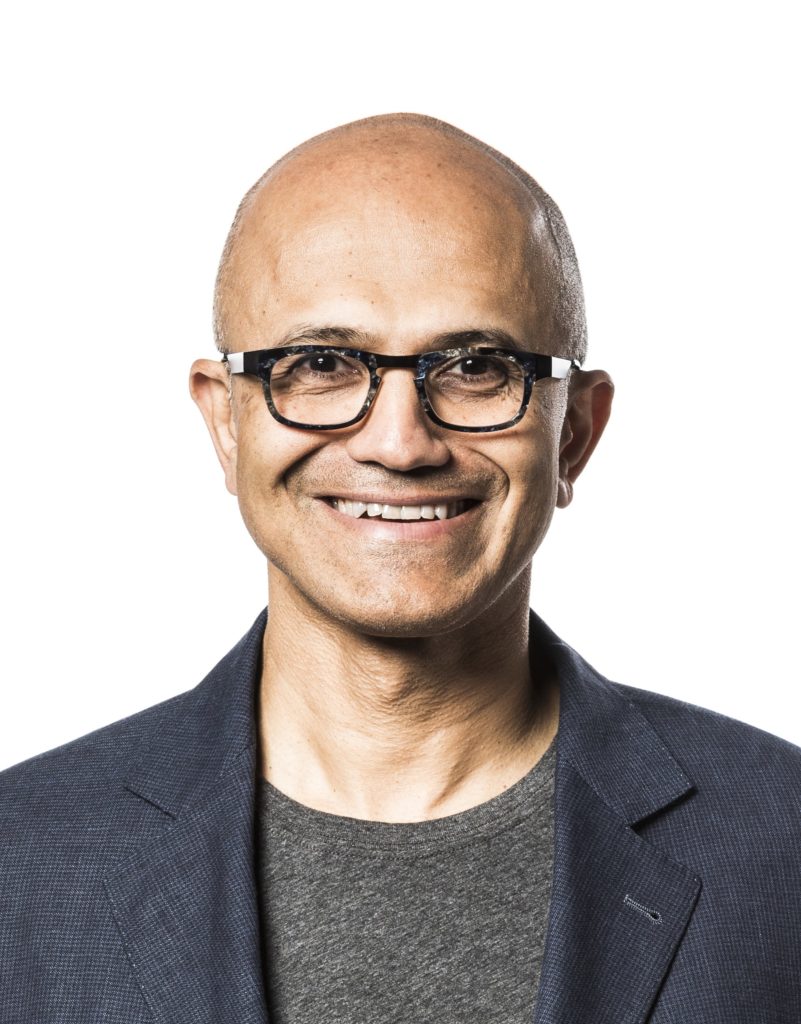
Setúbal’s experience illustrates how many of the best CEOs think of making big moves: as a series of “S curves” driving change over time. This means they ramp up into a period of intensive activity and radical improvement through a set of big moves, followed by a period of restoration while still improving incrementally, followed by another ramp-up in big-move intensity, and so on. Excellent CEOs are always looking to the next S curve while delivering on the current one. “There are some things where you have to be long-term and patient, and some things where you have to be impatient,” says Microsoft’s Satya Nadella. “You’ve got to balance the future and the present. Only the CEO can do that.”
Like Nadella, the best CEOs think hard about what tempo to set for the big changes they make. Doing this isn’t easy, but it’s necessary. “No one likes change, so you need to create a rhythm of change,” says Dominic Barton, McKinsey & Company’s former global managing partner, who often advised clients on transformations. “Think of it as applying heart paddles to the organization. The average lifetime of an organization in 1935 was 90 years, in 2015 it was 18 years. It’s an existential issue to change enough, regularly enough.”
When Hubert Joly led Best Buy through a significant transformation, he applied heart paddles several times as he moved from one S curve to another. The initial turnaround was called “Renew Blue.” “In the minds of some people, that era was associated with a very conservative environment where we had to focus a lot on cost reduction and couldn’t take as many risks or we’d lose credibility,” he says. When Joly felt Best Buy was ready to move into the growth phase and take more risks, he signaled the next phase of his strategy: “Building the New Blue.” During the turnaround, Joly had already made a series of bold moves such as offering price-match guarantees, exiting international markets and reinventing vendor partnerships. Now, with his eye on growth, he applied the heart paddles again by building a leading position in the smart-home market, expanding into senior care through sensors and AI, and launching a customer technology-support program.
We’re often called on to counsel CEOs who start strong by making a series of bold moves but a few years into their tenures experience waning motivation and increasingly static performance. These CEOs got the memo on “make big moves early” but not the one that added “and often.” Every big move should have a start and a finish, with the completion of each phase building confidence and creating capacity for further change. When the equivalent of a lunar landing is achieved, victory should be celebrated and lessons should be learned, but then it’s time for the next bold move to take the company even further, faster. Doing so accounts for why the best CEOs achieve above-market performance on a sustained basis.
Johan Thijs, CEO of Belgian-based financial services giant KBC, exemplifies how the best leaders approach S curves. In 2019, the company had consistently posted profits that were among the strongest in the European market. The firm was always highly liquid and well capitalized. For three years running, Thijs had appeared in the Top 10 of Harvard Business Review’s list of Top 100 CEOs in the world. If ever there was a “if it’s not broke, don’t fix it” scenario, Thijs was in it. So what did he do? What all great CEOs do: “We reassessed our strategy,” he says. “We’re continuing down our chosen route but are now shifting up a gear.” The company celebrated and retired its previous S curve, then ramped up the next one, emphasizing artificial intelligence, rapid decision making, and product and process simplicity, all to become the most data- and solution-driven digital-first bank-insurance company in the world.
Big moves bring with them big risks. The best CEOs know that, in the words of hockey hall of famer Wayne Gretzky, “you miss every shot that you don’t take,” and that the bigger risk is to be timid in the face of uncertainty. They get comfortable with acting boldly by having a clear point of view on the future, fully understanding the risk/reward trade-offs, acting like owners of the businesses and applying “heart paddles” throughout their tenures. While there’s no guarantee of success, the fact remains that without making big moves early and often, there’s little chance for a company to become a top performer.


